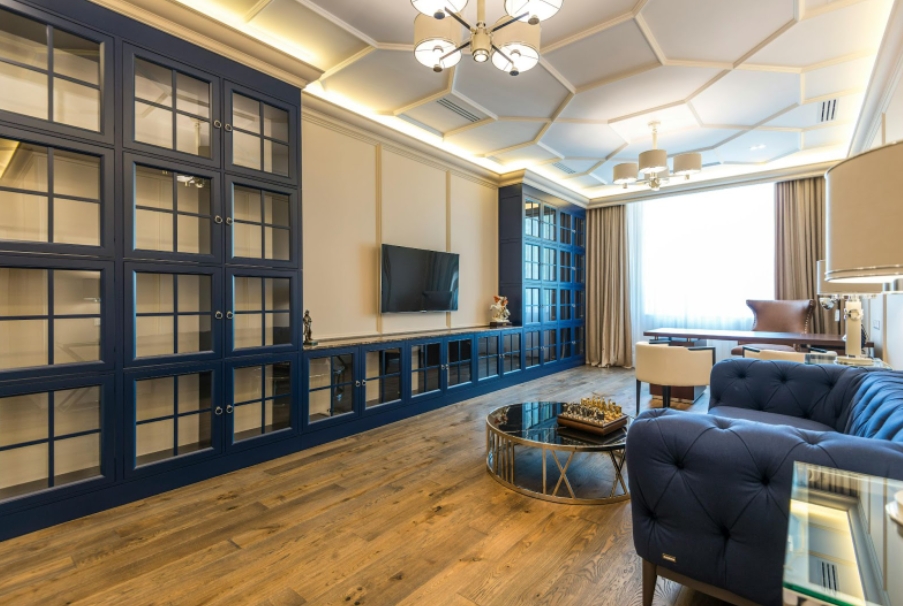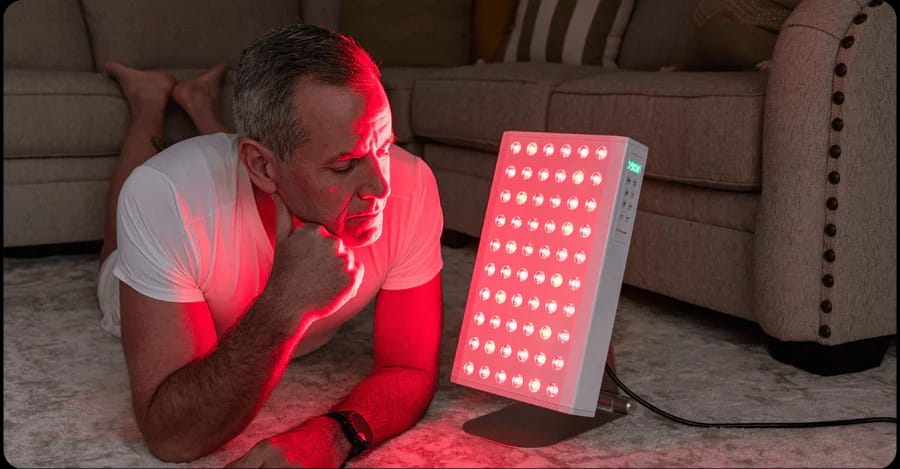When creating a living space that feels just right, lighting design often remains an afterthought. Yet, lighting plays a pivotal role in shaping the ambiance, functionality, and overall appeal of a room. The glow of a well-placed lamp or the warmth of strategically chosen fixtures has the power to transform any space from ordinary to extraordinary.
This blog will explore why lighting design is an essential element in crafting perfect spaces. You’ll learn the basics of lighting, how it affects mood and productivity, trends revolutionizing the industry, and tips to ensure your home’s lighting enhances every corner.
Understanding the Basics of Lighting Design
A well-rounded understanding of lighting begins with learning the fundamentals. From distinguishing types of light to decoding technical terms, here’s what you need to know.
Natural vs. Artificial Light
Lighting design starts with an awareness of natural and artificial light. Natural light from windows and skylights brings vibrancy and highlights textures, creating a sense of openness. Meanwhile, artificial light gives you more control, allowing for illumination at different times of day or creating specific moods. Balancing these two light sources is key to effective lighting design.
The Three Types of Lighting
Lighting design follows a layered approach that relies on three types of lighting:
- Ambient Lighting – This is the primary light source for a room, typically from ceiling fixtures. It ensures overall visibility and creates a foundation for layering.
- Task Lighting – Designed for specific tasks like reading, cooking, or working. Examples include desk lights or under-cabinet kitchen lighting.
- Accent Lighting – Highlights specific features like artwork, architectural details, or plants. This may come from wall sconces or spotlights.
Combining these three types of lighting creates depth and balance throughout a space.
How to Measure Light
Understanding technical terms like lumens and Kelvin can take your lighting design to the next level:
- Lumens: Measure the brightness of a light source. Higher lumens mean brighter light.
- Kelvin (K): Indicates the color temperature. A warm, cozy light sits around 2700-3000K, while cool daylight falls in the 5000-6500K range.
When planning your home’s lighting, these metrics guide you to pick the ideal solutions for your space.
The Impact of Lighting on Mood and Productivity
Lighting design isn’t just for aesthetic appeal—it profoundly affects mood, productivity, and overall well-being.
Case Studies and Research Findings
Studies consistently show that lighting has psychological and physiological effects. For example:
- Warm lighting fosters relaxation and is perfect for living rooms or bedrooms.
- Cool, bright lighting enhances focus and is ideal for workspaces or kitchens.
- Lighting quality can influence sleep cycles through exposure to blue or warm tones.
For instance, a study published in the Journal of Environmental Psychology found that well-integrated lighting in office spaces improved cognitive performance and reduced fatigue.
Practical Tips for Enhancing Different Spaces
Leverage these actionable tips to elevate your lighting design:
- Living Room: Combine a central fixture with table lamps for layered lighting. Add accent lighting to highlight artwork or decor.
- Kitchen: Use bright task lighting over counters and an ambient ceiling light. Consider under-cabinet lighting for added functionality.
- Bedroom: Rely on soft, warm light from bedside lamps or sconces. A subtle pendant light can deliver aesthetic charm.
Even the smallest lighting adjustments can significantly impact the look and feel of a room.
Trends in Lighting Design
The world of lighting design is evolving rapidly, giving rise to exciting trends. Here are some ideas to consider incorporating into your spaces.
Sustainable and Smart Lighting Solutions
Sustainability is at the forefront of lighting innovation. LED technology is a game-changer, offering energy efficiency, longevity, and a reduced environmental impact. Paired with smart lighting systems like Philips Hue or LIFX, homeowners can adjust brightness, color, and schedules via apps or voice command—a practical and eco-friendly trend.
Embracing Unique Fixtures and Designs
Statement lighting fixtures are growing in popularity. Think sculptural pendants, bold chandeliers, or vintage-inspired wall lamps. These fixtures double as functional assets and artistic elements, adding personality to a room. The trend underscores that lighting design isn’t just about illumination—it’s a creative expression.
Tips for Achieving Great Lighting Design in Your Home
If you’re ready to transform your home with great lighting design, keep these tips in mind.
Considering the Function of Each Space
Each area of your home serves a purpose, and its lighting should reflect that. For example:
- The kitchen must have bright light for cooking.
- The living room should have a mixture of cozy lighting for relaxation and brightness for gatherings.
- A home office demands bright, cool lighting to foster concentration.
Tailor your choices based on the room’s function.
Balancing Natural and Artificial Light
Maximize sunlight by using sheer curtains or placing mirrors strategically to reflect natural light. Then, supplement the natural radiance with artificial lighting that aligns with the room’s needs.
Using Dimmers and Controls
Dimmer switches allow you to adjust light intensity, giving you control over your space’s ambiance. Use them in the dining room for romantic dinners or in the living room for movie nights. Enhanced controls, available in many smart lighting systems, make this even easier to manage.
Illuminate the True Potential of Your Space
Lighting design is more than flicking a switch—it’s about crafting the perfect atmosphere for each corner of your home. The secret to a flawless space lies in the thoughtful layering of light, balancing efficiency with creativity and fostering a setting that feels uniquely yours.
Whether you’re aiming to enhance productivity, create artistic flair, or simply ensure comfort, lighting design can turn any room into a masterpiece. Start exploring these principles now to elevate your home—and don’t forget to look out for the latest innovations in sustainable and smart lighting solutions.
Now, it’s your turn. What lighting design ideas are you excited to try in your home? Share in the comments!




